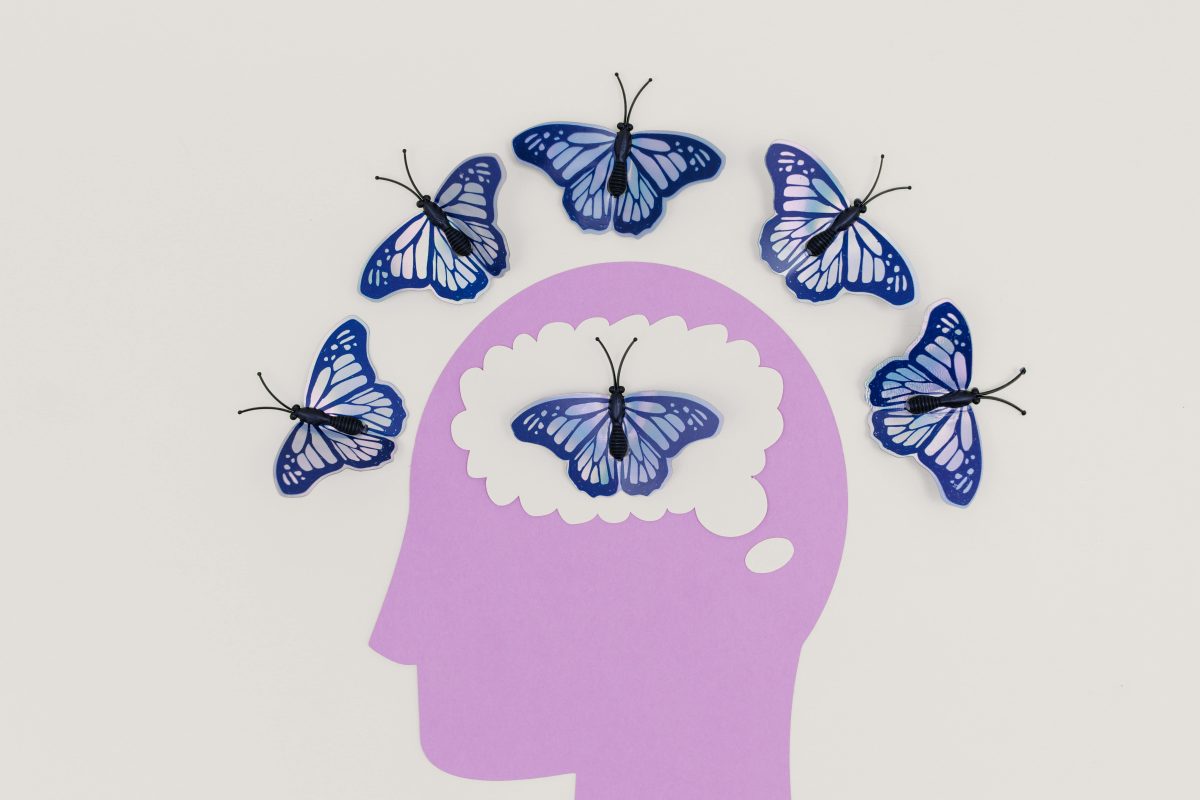
Most non-autistic people think of Autistic people as ‘lacking empathy’ and having impaired ‘theory of mind’ (that is, understanding another person’s state of mind). Thus, the diagnostic criteria for Autism includes ‘reduced sharing of interests, emotions, or affect’ and ‘absence of interest in peers’. This perspective means that non-autistic people often view Autism as a defect.
Dr Damian Milton is an Autistic academic and father. He proposes a different interpretation for the disconnection between Autistic and non-autistic people, which he calls the ‘double empathy problem’.*
This summary helps non-academics to understand Milton’s ‘double empathy problem’.
Milton’s theory of ‘double empathy’ proposes that Autistic people do not lack empathy.
Milton argues that Autistic people experience the world and express emotions differently to non-autistic people. We communicate, experience and display emotions, interact with others, form relationships, and sense the world around us, differently to non-autistics. That doesn’t mean that we don’t have emotions or feel empathy.
But it makes it difficult for non-autistic people to understand and to empathise with us. And us with them.
Autistic differences lead to different life experiences, which create a kind of empathy divide.
So, just as it could be said that Autistic people lack ‘social insight’ into non-autistic culture and communication, it could also be said that non-autistic people lack ‘social insight’ into Autistic culture and communication.
Milton calls this disconnect a ‘double problem’, because both Autistic and non-autistic people experience a lack of understanding for the other group.
In other words, empathy is a ‘two-way street’.
The empathy divide is experienced by both Autistic and non-autistic individuals. But these groups are not equally affected by the divide.
Because the non-autistic way of communicating and empathising is the typical, expected way, it is accepted as ‘normal’ and ‘correct’ by most people.
That means that the atypical, unexpected ways in which Autistic people communicate and empathise are often rejected as ‘different’ and ‘incorrect’.
Milton suggests that many non-autistic people assume that their majority, familiar way of empathising is superior or preferable to the Autistic way.
This perception has meant that non-autistic people often expect Autistic people to learn non-autistic culture and communication. Indeed, Autistic people are frequently given ‘treatment plans’ to help them to understand non-autistic perspectives.
But non-autistic people do not expect themselves to understand or learn Autistic perspectives.
Milton’s point is that we could see non-autistic people as lacking empathy for Autistic people.
An everyday example of a non-autistic lack of empathy for Autistic experiences is the reaction from non-autistic people when we mention we are Autistic. Often, the automatic response from non-autistic individuals is, ‘we are all a bit on the spectrum’.
The non-autistic person’s response is usually intended empathetically. It is meant to ‘normalise’ our Autistic experience.
But this non-autistic response presumes that Autistics don’t want to be Autistic (since, doubtless, the non-autistic person does not want to be Autistic themselves).
Rather than empathetic, then, this response is highly offensive to the Autistic community since it undermines Autistic experience, authenticity, and identity.
To the Autistic recipient, the non-autistic person is displaying a ‘social deficit’ or ‘lack of empathy’ in not seeing the potential offence in their words.
Returning to Milton’s essay, we note that Autistic individuals say that, in fact, it is they who have been expected to make – and have actually made – the greater effort to understand the feelings of the non-autistic population.
‘One could say that many autistic people have indeed gained a greater level of insight into NT [non-autistic] society and mores than vice versa, perhaps due to the need to survive and potentially thrive in a NT culture. Conversely, the NT person has no pertinent personal requirement to understand the mind of the “autistic person” unless closely related socially in some way,’ Milton explains.
The value of Milton’s theory is that it challenges the notion that Autistic people lack ‘theory of mind’. It reframes the disjunct between Autistic and non-autistic communities. We don’t need to think of superior and inferior ways of being. Instead we can see our co-existence as reliant on reciprocity and mutuality.
Autistic empathy is no less compassionate, no less thoughtful, no less ‘human’ than non-autistic empathy: it is simply different.
*Milton, D. E. M. (2012). On the ontological status of autism: The ‘double empathy problem’. Disability & Society, 27(6), 883-887.

The Reframing Autism team would like to acknowledge the Traditional Owners of the lands on which we have the privilege to learn, work, and grow. Whilst we gather on many different parts of this Country, the RA team walk on the land of the Awabakal, Birpai, Whadjak, and Wiradjuri peoples.
We are committed to honouring the rich culture of the Aboriginal and Torres Strait Islander peoples of this Country, and the diversity and learning opportunities with which they provide us. We extend our gratitude and respect to all Aboriginal and Torres Strait Islander peoples, and to all Elders past and present, for their wisdom, their resilience, and for helping this Country to heal.